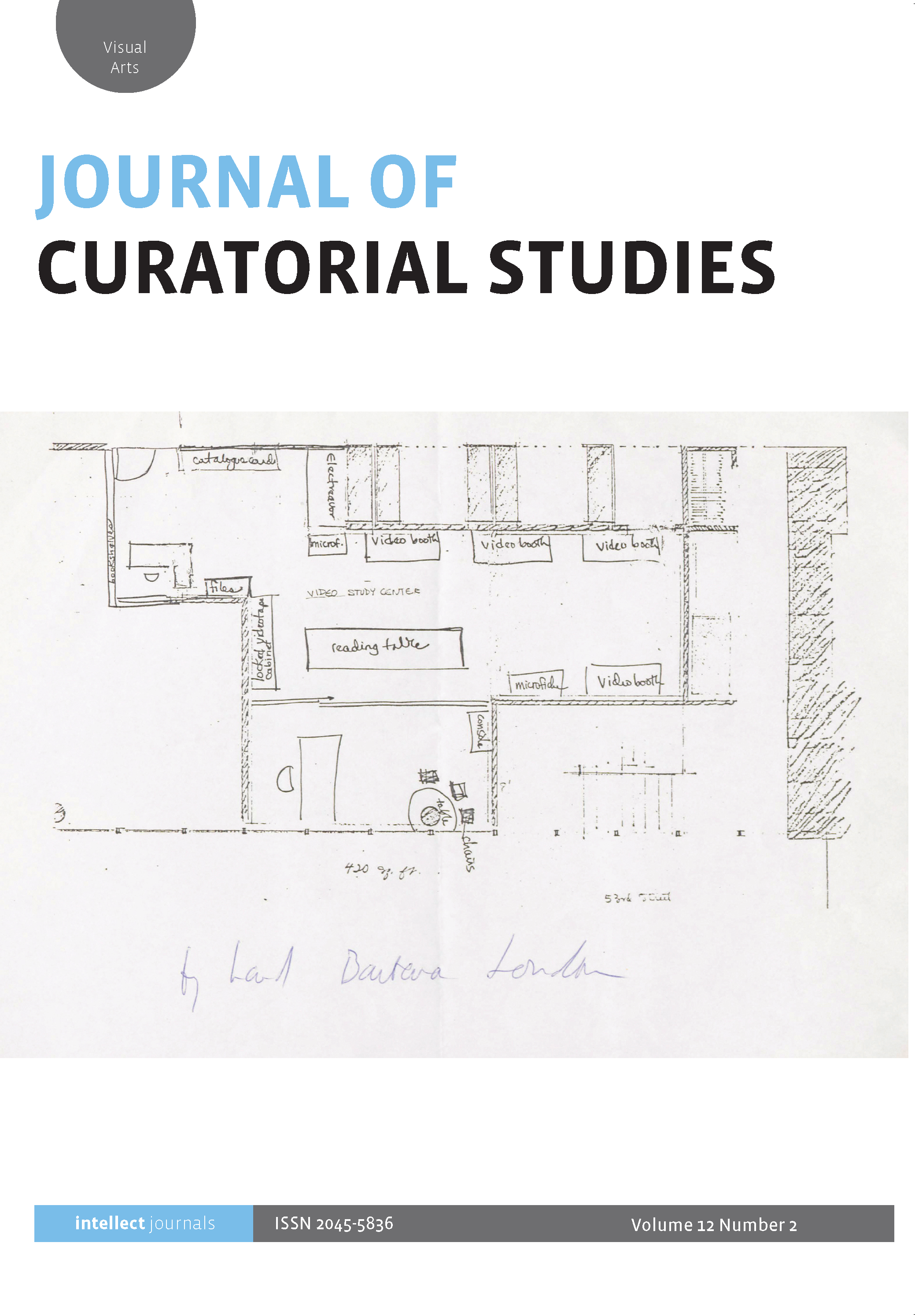
Full text loading...
 , Kirsty Robertson2
, Kirsty Robertson2
Can a curatorial model based on radical pedagogy encourage action on climate change? To answer this question, this article critically reflects on A Museum for Future Fossils, an emergent and itinerant Malrauxian ‘museum without walls’ initiated by the authors in 2018, which is dedicated to thinking curatorially about the Anthropocene and the climate emergency. This ongoing vernacular museum includes undergraduate classes, art exhibitions, workshops, talks and a graduate summer school. By examining the potentials of land-based curatorial pedagogy through speculative museum text, we introduce a methodology of non-extractive exhibition-making.

Article metrics loading...

Full text loading...
References


Data & Media loading...

Publication Date:
https://doi.org/10.1386/jcs_00094_1 Published content will be available immediately after check-out or when it is released in case of a pre-order. Please make sure to be logged in to see all available purchase options.